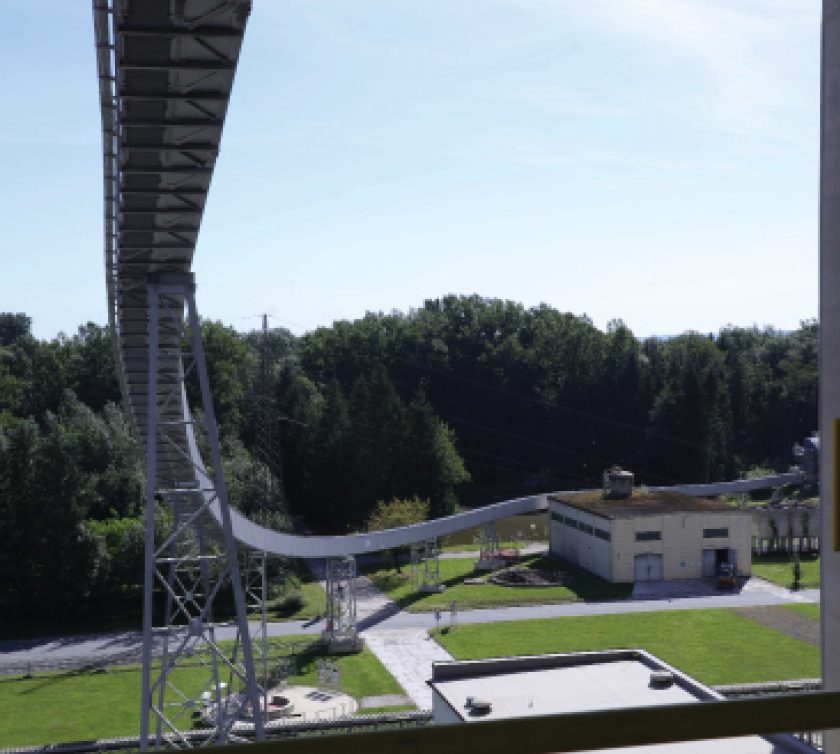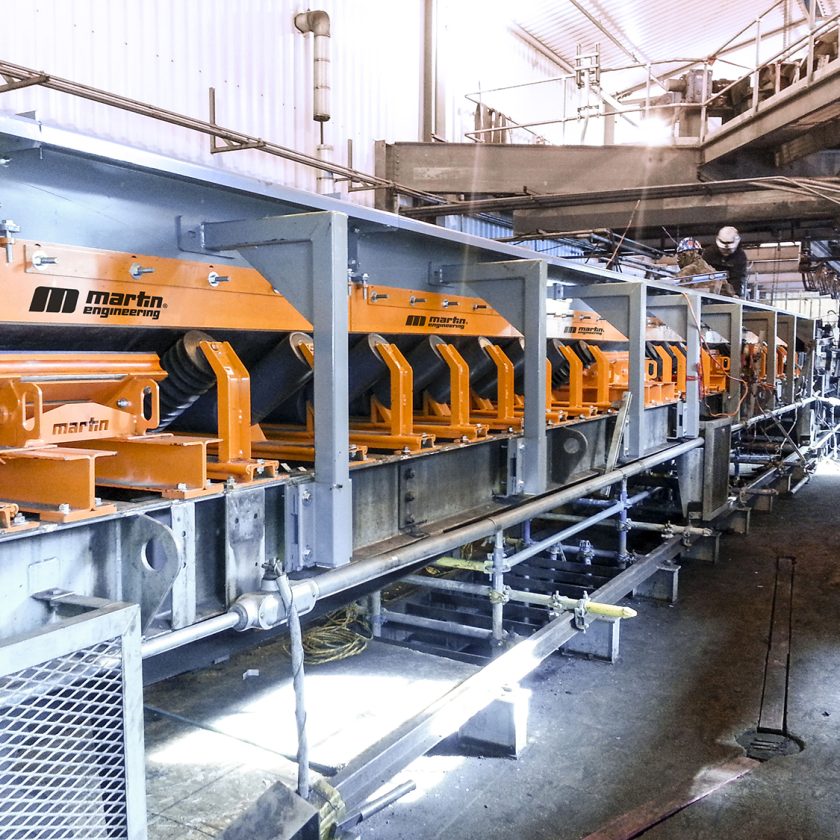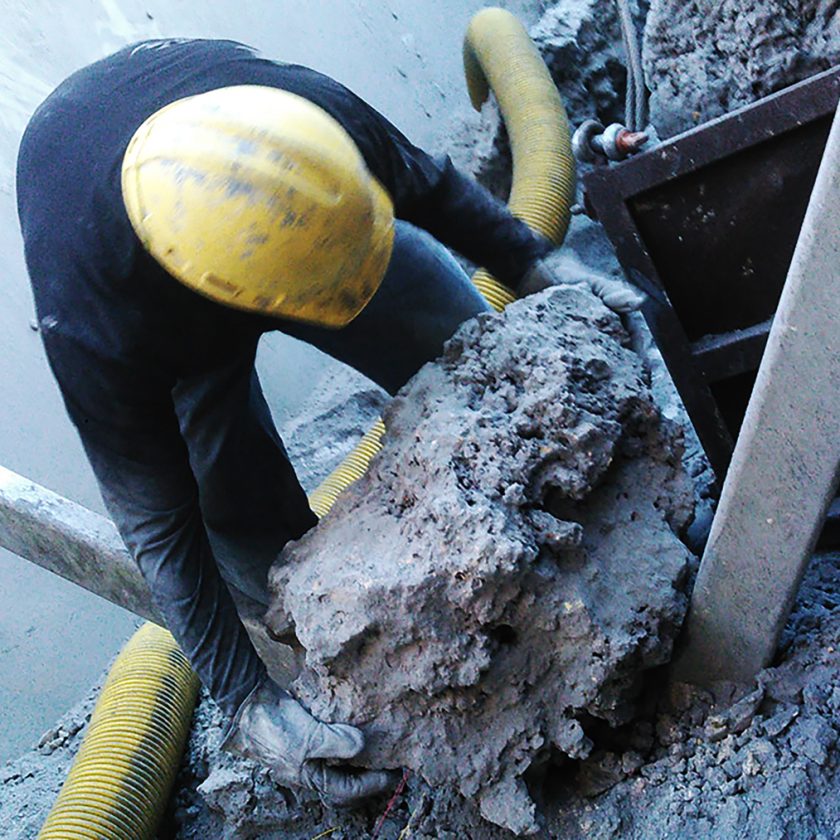After a recent Court of Appeal ruling, St. Mary’s Cement’s Bowmanville Plant doesn’t need approval from the Municipality of Clarington, Ontario, Canada, for rezoning as it isn’t proposing a secondary land use by burning waste as an alternative fuel.
“A lot of people envision us throwing bags of garbage into the plant and that’s not at all the way it is,” said Martin Vroegh, corporate environment manager for St. Mary’s Cement. “We’re still just a cement plant looking at utilizing fuels that would otherwise be thrown away.” The company is proposing using post-recycling and post-composting waste as fuel.
Clarington said that burning waste was a change in land use, making the plant a “waste disposal area,” which is not permitted under the bylaw that allows the cement manufacturing plant to operate. A waste disposal area is a site where waste is dumped, destroyed or stored. Clarington argued the waste was destroyed when it was burned as fuel in the cement kiln.
The two sides went to court to settle the disagreement; the first judge ruled in favor of Clarington. St. Mary’s appealed the decision and the Court of Appeal agreed with the company in a December 2012 decision. The judge said the company would not be a waste disposal area because burning the waste for fuel would not be considered “destroying” it, just as burning the typical fuel (petroleum coke) for the plant is not considered destroying petroleum coke. “In both cases, fuel is being used productively as part of the permitted use – the manufacturing of cement,” the judge said in the decision.
However, the ruling does not open the door for all Clarington industrial facilities to start burning garbage to fuel their plants. Each case would have to go through a similar process to determine whether the change in fuel is a second land use and needs municipal approval.
St. Mary’s Cement can now continue working with the Ministry of Environment to get approval to run a short-term alternative fuel demonstration at the Bowmanville plant. The Ministry of Environment will have to approve the details of the trial and will be monitoring the emissions results. If the results are good, St. Mary’s will begin working to get approval to permanently swap up to 30 percent of its traditional fuel for alternative fuel.
The alternative fuel project is an environmental initiative that will help St. Mary’s reduce its carbon footprint. Using post-recycled and post-compost materials is expected to reduce the plant’s greenhouse gas and sulphur emissions. “Many of these so-called wastes or alternative fuels burn cleaner than the status quo,” said Vroegh. “We are trying to do our part for the environment and find other fuel sources … If you can substitute a dirty fuel for a clean fuel, shouldn’t that be what you do?” Vroegh noted that the alternative fuels were only one project of many that St. Mary’s is undertaking to improve sustainability.



